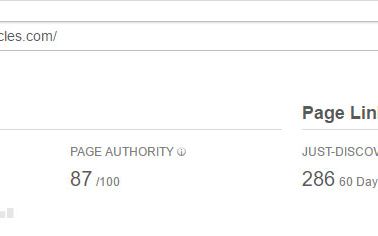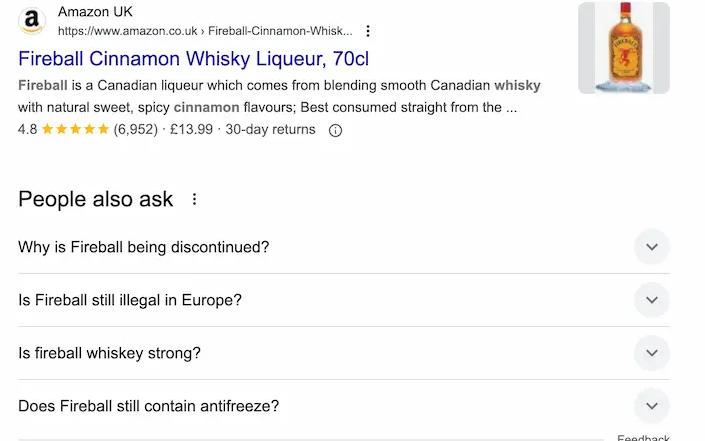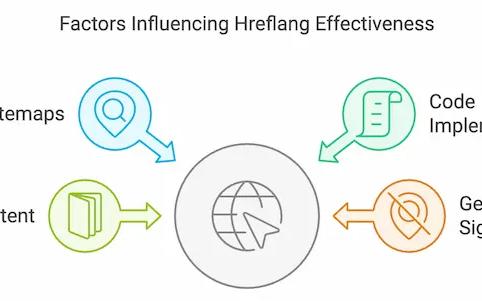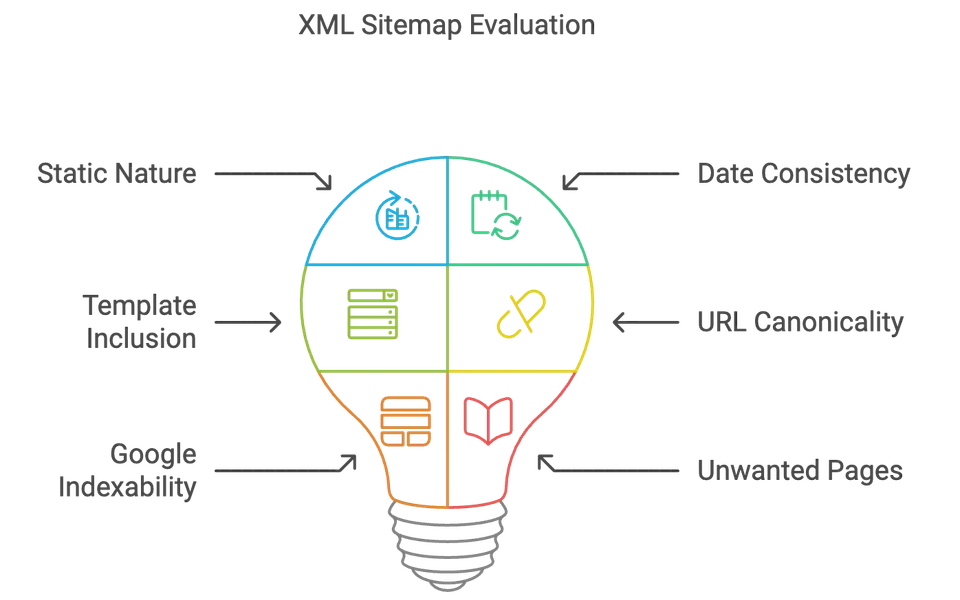These days, influencer marketing seems to be everywhere you look. On almost every kind of social media platform, brands from a huge range of industries have been able to work with influencers to drive successful campaigns, often using affiliate links. So, could this growing trend benefit your brand? Here, Virginia Rizzi, Head of Affiliate Marketing at Glass Digital, shares a few insights that you can use to inform your first influencer affiliate campaign.
There seems to be no stopping influencer marketing at the moment. Even during the turbulent year we’ve just experienced — a time when many brands slashed their marketing budgets to help cope with the challenges presented by the pandemic — influencer campaigns continued to grow. In fact, the industry is expected to grow to a record $13.8 billion (around £9.4 billion) this year.
But what’s driving the influencer boom? The answer is very simple: it works. When done well, working with influencers on affiliate campaigns can drive serious sales and exposure for your brand. And, it can be a very cost-effective form of marketing, too.
Over the past couple of years, we’ve been working with influencers more and more as part of our affiliate campaigns at Glass Digital, and we’ve learnt a thing or two about designing effective strategies during that time. In this article, I’ll explain what this form of marketing could do for your brand, and share a few tips for designing your first influencer affiliate campaign.
The benefits of influencer affiliate marketing
But first: why should you try working with influencers as part of your affiliate marketing campaigns? There are several reasons that this approach is becoming increasingly popular:
- It’s cost-effective. Depending on the type of affiliates you choose, you’ll have the option to only pay commission on sales, meaning it can be a very cost-effective form of marketing.
- You can gain access to new audiences. These days, an increasing number of consumers are spending more and more time on social media. By working with influencers, you may gain access to an entirely new demographic that traditional marketing campaigns would not been able to reach.
- Shoppers trust their favourite influencers… Influencers trade in authenticity — it’s what helps them connect to their followers. As such, influencers can show your products or services in the best light, but this exposure will appear more natural and authentic than traditional forms of advertising.
- …and aspire to be just like them. Influencers are often seen as trendsetters and tastemakers, and the content they produce is aspirational. Consequently, their followers look to them for product recommendations, which can help to drive sales.
- It’s easy to track your progress. Unlike certain forms of advertising and traditional marketing, it’s very easy to track your performance. You’ll be able to tell exactly where your leads and conversions are coming from, so it’s easy to see if your campaign is working for you.
That said, in order to unlock these benefits, you’ll need to plan your strategy carefully.
Set your goals
Before you hammer out the details of your campaign, you’ll need to take a moment to work out exactly what it is you want to achieve. For instance, what sort of audiences do you want to target? Are you looking to drive sales, or just increase exposure and awareness among a particular demographic? Are there any products or services that you’re keen to promote? And what resources are available to fund your campaign?
Once you’ve worked out your priorities, you can design some KPIs to help inform your strategy. Just be reasonable: as with all marketing goals, it’s better to start small and scale up. Remember, affiliate spending can be tied to performance, so you can always increase your budget later on once you know what works, and what doesn’t.
Identify the most profitable platforms
Now that you’ve got some clear goals and a budget in mind, you can move on to the next stage of your campaign: identifying the most suitable platforms for your brand.
These days, social media platforms all have distinct audiences, meaning you need to work out which channel will be most aligned with your brand and goals. For example, Facebook is increasingly used to target an older demographic, while Instagram is a better place to find younger consumers.
There’s more to consider than just demographics, however. Different platforms are also suited to different kinds of media: for example, Instagram is very visual and works especially well for promoting imagery or videos. If your products or services don’t lend themselves well to visuals, you could consider targeting bloggers, instead.
Be sure to stay one step ahead of the latest social platforms, too. At the moment, short-form video sharing network TikTok looks like the next big thing in influencer marketing. Beauty influencers on the network created 164% more sponsored posts using the app in 2020, and engagement increased 481%, according to traackr. While affiliate links can’t be integrated into TikTok videos just yet, it’s certainly one to watch in future.
Selecting influencers
Perhaps the most important aspect of planning your campaign is choosing which influencers to target. Crucially, you need to find influencers who you feel are a close “fit” for your brand. If they aren’t the sort of person you want acting as a brand ambassador, or you can’t see them engaging with your products and services outside a sponsorship opportunity, it may be best to avoid them.
When you’re getting started, it’s often better to target micro influencers (that is, influencers with a smaller, more niche, following). Not only will they be more open to working with you, but you might find your campaigns deliver better return on investment. This is because, even though micro influencers have a smaller reach, they often get higher engagement on their posts, and their followers may be more likely to perceive them as highly authentic.
Lastly, remember to stay on the right side of the law. Under ASA rules, influencers must tag any sponsored content or affiliate links clearly and honestly. So, never try to persuade influencers to disguise affiliates or mislead their followers, as it could land you both in hot water. Additionally, today’s consumers are likely to appreciate honesty and transparency, and won’t be surprised to see their favourite content creators using affiliate tags.
Measuring performance and setting parameters
By measuring the performance of your campaign, you can keep track of which tactics and platforms are delivering the most value for your brand. You can keep track of campaigns using affiliate networks, specialist influencer platforms, or via Google Analytics. But, whatever you choose, I would recommend using unique UTM parameters on the campaign URLs, as this will ensure that you can collect and analyse KPIs such as impressions and conversions.
UTM parameters are short, simple pieces of code that can be added to the URL shared in a social media post. They include information about the link’s placement and purpose, which makes it easier to track clicks and traffic from a specific post or campaign. This allows you to evaluate the success of your influencer strategy by providing accurate data.
Analysing this data can give you all sorts of insights, from the average cost per sale, to which platforms deliver the best return on investment. You can also generate a unique UTM tag for each influencer you work with, meaning you can get a clear idea of which posts are most effective.
Influencer marketing can be cost-effective, highly lucrative, and surprisingly simple to implement. So, if you haven’t already, it’s certainly worth having a go at this increasingly popular form of digital marketing.




























































